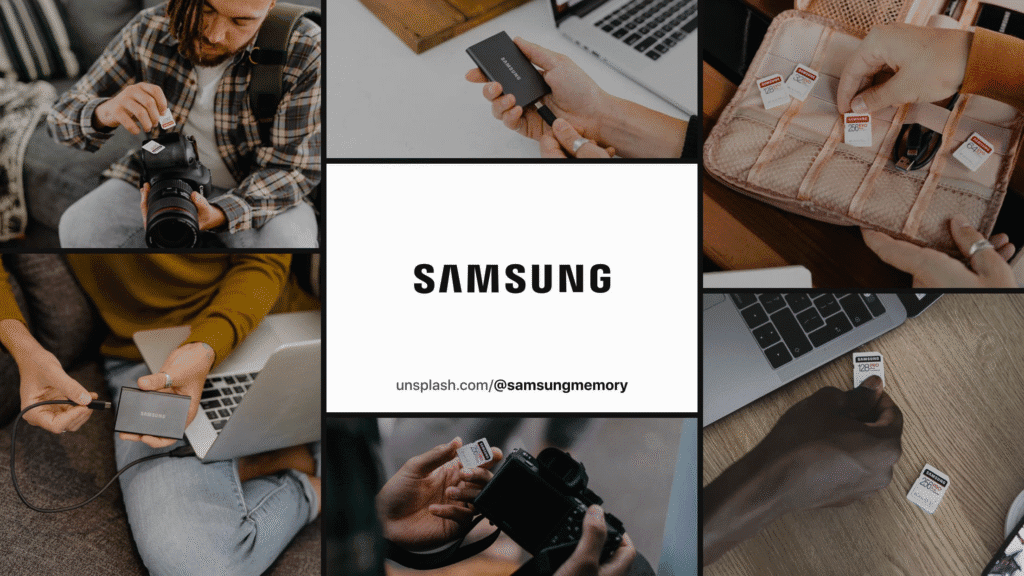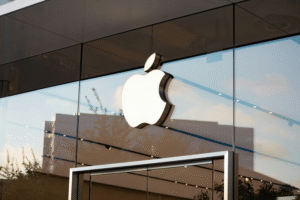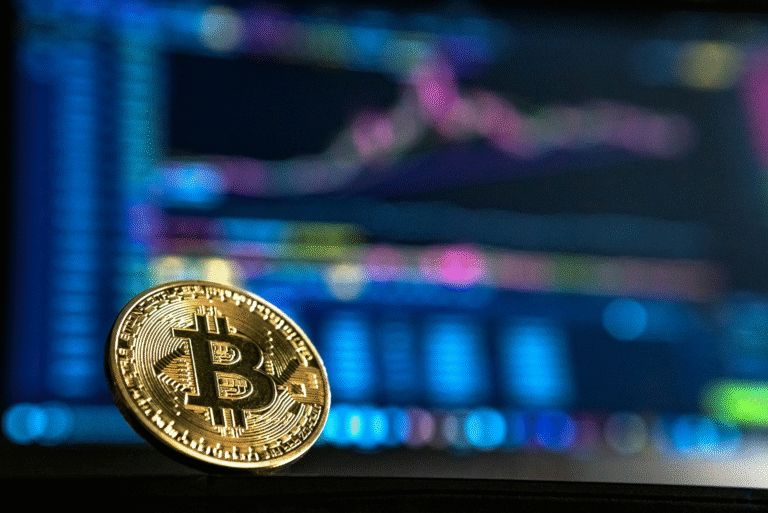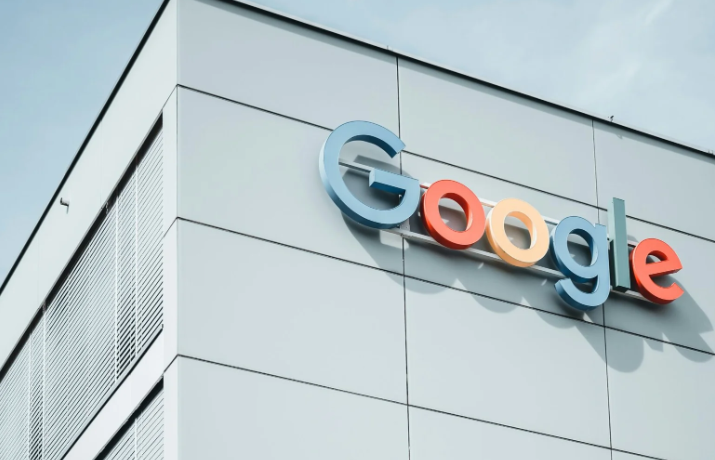Technology is always changing, and so are the choices people make when they buy smartphones. For many years, Apple and Samsung have been two giants fighting for the top spot in the American market. Recently, this battle has become more exciting again, and the reason is simple: foldable phones.
Back in 2014, Apple and Samsung were already competing fiercely. At that time, Samsung started selling phones with much larger screens than Apple had. People loved the big display, and many iPhone fans began asking Apple to do the same. For a while, Apple resisted. Then came the iPhone 6, Apple’s first big-screen phone, and it was a massive success. Apple’s move helped the company win that round of the competition.
But now, more than a decade later, the fight is returning. Once again, it is all about the screens, but this time the twist is folding technology. The idea of a phone that can open up into a tablet or fold down into a small pocket-sized device has caught people’s attention in a big way.
Recent data shows just how much this new trend is changing the game. In the second quarter of this year, Samsung’s shipments in the U.S. grew sharply. Their share of the smartphone market jumped from 23% to 31%. Apple, on the other hand, saw its share fall from 56% to 49% in the same period. Even though Apple still sells more phones overall in the U.S., these changes signal that Samsung is winning new fans and gaining ground faster than before.

This shift is important because for many years Apple has dominated the U.S. smartphone market without much trouble. Around the world, Apple has often been second to Samsung, but inside the U.S., Apple has been the leader for a long time. The drop in Apple’s market share now suggests that it is facing fresh challenges it has not seen in over a decade.
These results are also showing up in the stock market. Investors have not been very happy with Apple’s performance this year. The company’s stock has dropped by about 7.5%, making it one of the weaker performers among big U.S. tech companies, only ahead of Tesla. In contrast, Samsung’s stock has been doing very well, rising about 35% this year.
Still, it would be wrong to think Apple is struggling badly. In fact, Apple reported that iPhone sales increased by 13% compared to last year in its July earnings. The company continues to sell millions of devices and remains the favorite for many people. But the growing popularity of Samsung’s foldables is something Apple can no longer ignore.
Samsung recently launched two very interesting models that caught the eye of many buyers. The first is the Galaxy Z Fold 7, which works like a normal smartphone but can unfold into a tablet. This means users get two experiences in one device — a phone for regular use and a tablet for larger tasks like watching movies or reading. The second model is the Galaxy Z Flip, which looks like the old-school flip phones from the early 2000s but with modern, advanced features. It folds down into a compact square that fits easily in a pocket, yet when opened, it offers all the power of a regular smartphone.
These creative designs are helping Samsung stand out in a crowded market where most phones look similar. People are excited by the fresh experience of owning something different. Many young customers especially see foldable phones as trendy and stylish, which adds to their popularity.
Experts believe Apple will not stay behind for long. Reports suggest Apple is preparing to release a slimmer iPhone next month, and rumors say the company could launch its own foldable device by 2026. If that happens, the battle between Apple and Samsung will become even more intense. Apple has a history of entering new areas late but then making a strong impact once it does. For example, when Apple first introduced big-screen phones years after Samsung, it still managed to dominate. Something similar could happen with foldables.
At the same time, foldable phones are not just about looks or trends. They also show how much innovation is possible in the smartphone world. For years, many people felt that new phone models were not offering anything truly exciting, only small updates to cameras or performance. But foldables feel fresh and different, and they are bringing energy back into the market.
Of course, challenges remain. Foldable phones are still expensive, and not everyone can afford them. There are also questions about how durable these devices will be over time. Can the folding screen last for years without breaking? Will people see enough value in paying more for this type of phone compared to a regular smartphone? These are questions both Samsung and Apple will need to answer in the coming years.
For now, though, Samsung is enjoying its moment. With its bold designs and new technology, it is gaining customers who might otherwise have chosen Apple. This has created a sense of competition that feels fresh again in the smartphone industry.
The battle between Apple and Samsung has always been more than just about phones. It is also about brand loyalty, style, and the emotional connection people have with their devices. Some people proudly call themselves iPhone users and would never switch. Others prefer Samsung’s Android system and enjoy its variety of options. Foldables have added a new layer to this rivalry, making people rethink what they want in a phone.
In the end, the real winners are the customers. With two tech giants pushing each other, buyers get more choices, better designs, and newer ideas. The story of Apple and Samsung reminds us that no company can stay at the top forever without constant innovation. Technology keeps moving, and so do people’s preferences.
As the future unfolds — quite literally with foldable screens — one question remains: will Apple repeat its past success and overtake Samsung again, or will Samsung hold onto its new advantage? Whatever happens, the smartphone world is set for an exciting ride in the years ahead.












